Rarer than pandas: Meet the native breeds that have a crucial role to play in food security and conservation
Some treasured native farm animals have fallen dangerously low in numbers. Kate Green meets the breeders keeping the flame alive.

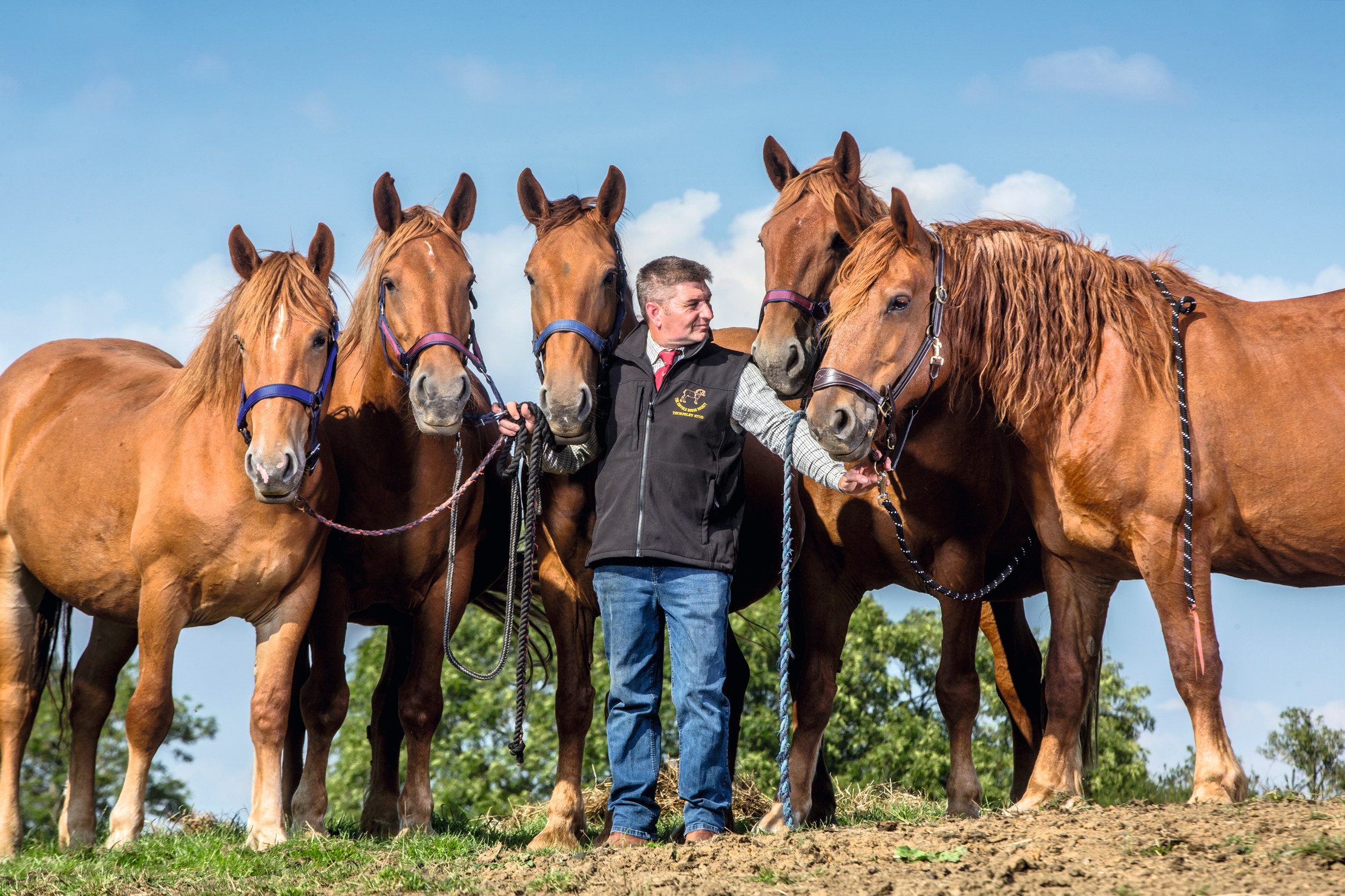
'Rarer than the giant panda,’ is always an eye-catching slogan, especially when applied to a native British breed such as the mighty Suffolk Punch. How can such a familiar horse — or hen, cow, pig — be rarer than China’s famously elusive bear? Most declines began when pressure fell on post-Second World War farming, as food shortages demanded faster-maturing meat animals, milkier dairy beasts and mechanisation. These factors, combined with outbreaks of bovine TB, brucellosis and swine fever, almost wiped out some horse, pig and cow breeds.
Some animals owe their existence purely to the dogged persistence of small groups of enthusiasts and farmers, whose argument, surely correct, is that these breeds, which leave a lighter ecological hoofprint than their Continental counterparts, are as much part of this country’s cultural heritage as buildings and form a crucial element of the food-security and conservation jigsaw.
It was the near demise of the magnificent, crescent-horned Gloucester cow — in the 1950s, numbers dropped to only 50 registered cows across two herds — that prompted the formation 51 years ago of the Rare Breeds Survival Trust (RBST) by a group including famed cheesemaker Charles Martell and television personality Joe Henson (father of Adam). The charity, which has as patron The King, a native-breed champion of note, produces an annual watchlist that dictates the focus of its conservation programmes and funding appeals.
Since 2021, the watchlist has been based on numbers of animal registrations with individual breed societies and on levels of genetic diversity (or inbreeding) through the Effective Population Size (EPS) calculation. Breeds categorised as ‘Priority’ have the lowest EPS ratings — all 41 standardised chicken breeds in this country, from the plump Buff Orpington kept by The Princess Royal to the friendly Sussex, as well as our 10 turkey breeds, 16 ducks and 11 geese are in this monitored group.
One problem is inconsistent data — owners not getting around to registering their animals or being unwilling to pay for it (it is free for poultry, which, from October 1, must be registered with Defra). In the RBST’s recent Ark magazine, chief executive Christopher Price points out that, in the event of a future Government-organised cull to prevent the spread of disease, registered rare-breed pedigree animals may be spared to maintain the genetic pool. Mr Price warns that allowing registrations to lapse can affect preservation of a breed for years to come: ‘One missed registration can interrupt a bloodline that has survived for generations.’
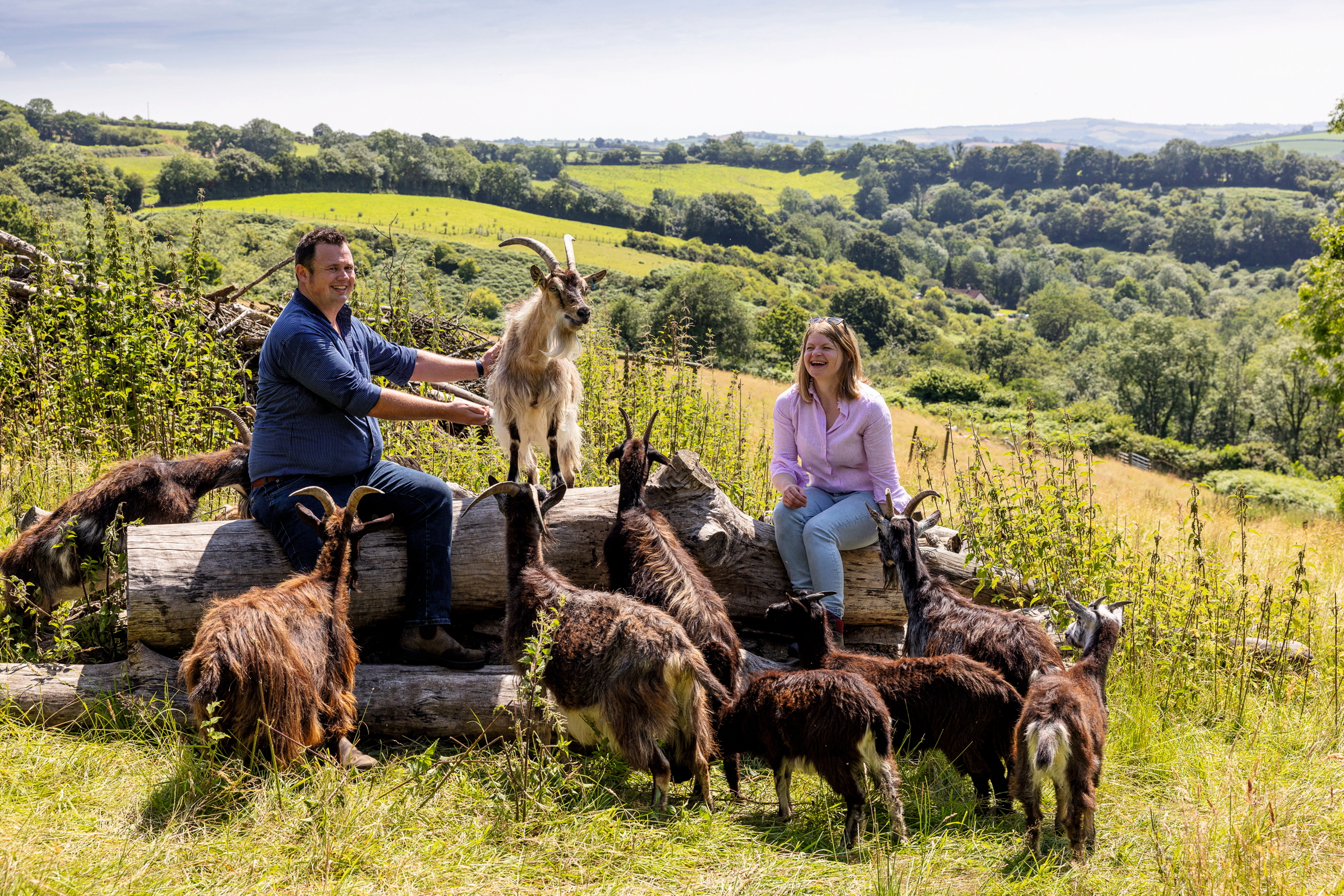
‘They are the answer for sustainability’
Adam Short and Eleri Pugh stumbled upon the charmingly bewhiskered Old English goat eight years ago when they bought their 26-acre north Devon smallholding, Temple Farm near Tiverton. They produce native-breed meat (pork and lamb) on a small scale and are awaiting the sign-off on the complex regulations surrounding goats’ cheese. The couple got in touch with the breed society and, 18 months later, found themselves registrar and secretary respectively: ‘I let slip that I knew about IT,’ says Mr Short, whose day job is as an IT architect.
The timing may be fortuitous; Mr Short reckons the breed has celebrated the birth of its 250th goat this summer — there are currently 216 adult animals registered, which is a dramatic improvement on 2017, when there were fewer than 50. Temple Farm itself accounts for about 50 nannies, some with kids at foot, plus four or five billies.
Exquisite houses, the beauty of Nature, and how to get the most from your life, straight to your inbox.
The attraction of the Old English (which is not to be confused with the larger English goat) — besides its delicate, deer-like markings and hairy ‘trousers’ — is its longevity and hardiness. ‘They are essentially the answer for sustainability,’ observes Mr Short. ‘We mob-graze them with our sheep and they eat weeds and trim hedgerows — they’ve demolished the docks this summer. They require zero input and, in return, we have milk and the odd kid for the freezer.’
The latest project is an experiment with a terminal sire (British meat billy goat that provides the genetics to increase commercial value) to produce a bigger carcass. ‘This isn’t hobby farming,’ Mr Short explains. ‘It’s got to make money. All the animals are profitable in their own way.’
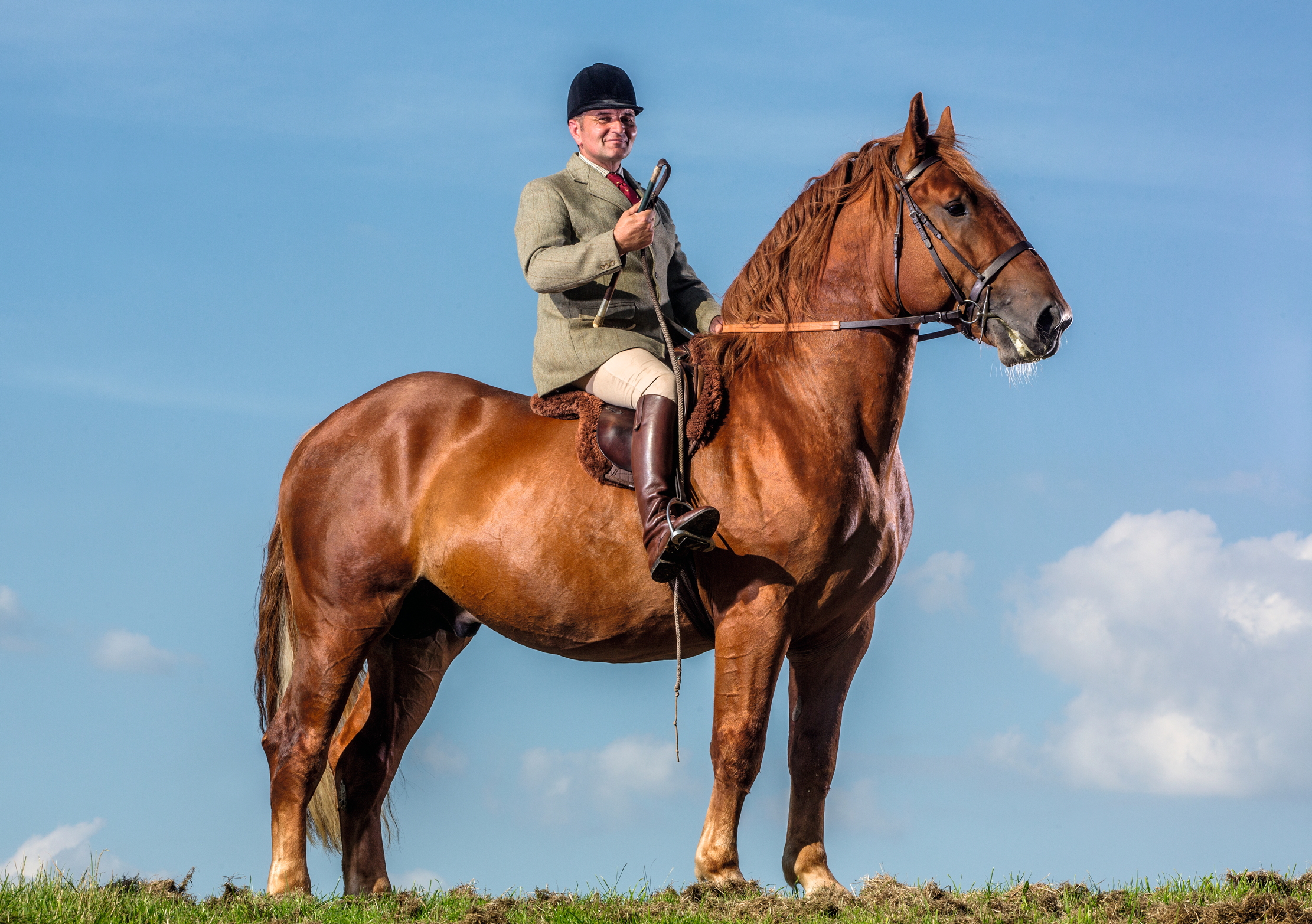
Punching above his weight
Bruce Langley-McKim is adamant that all the stallions at his Thorpeley Stud in Leicestershire must be ridden — and jumped — whether out hunting or in competition. Craikhow Hall Jensen, a Suffolk Punch, has been hunted with all the big Shire packs and has jumped around a Pony Club hunter trials on the Burghley estate in Lincolnshire. This is fairly unusual for a heavy-horse breed normally seen between the shafts of a plough, used for conservation projects to clear scrubland by logging or beribboned and delighting crowds at an agricultural show.
Mr Langley-McKim’s background is in point-to-pointing, but he has turned to breeding rather slower-paced equine models — Cleveland Bays, Suffolks and, this year, Eriskay ponies, all of which are classified as ‘Priority’ on the RBST’s 2024–25 watchlist with an EPS of less than 50.
Five years ago, he visited the Gateridge Stud in Northamptonshire, run by Suffolk breeders Andrew and Christine Thompson, and saw Jensen, then a nine-year-old, in the paddock. ‘I said: “Give us a leg up” and they said: “Well, he’s never been ridden”, but that didn’t put me off. I didn’t see a Suffolk, I saw a man’s hunter. He’s very comfortable to ride, a bit one-paced, but he stays all day. I can ride him in a plain snaffle bit — he’s strong, but he’s not going anywhere.’
Mr Langley-McKim now owns three Suffolk stallions, including Jensen, eight mares and a foal. His is one of the biggest studs in what remains an elite field — fewer than 40 foals are born each year; happily, Winnie, the Suffolk mare owned by The Princess Royal, who is patron of the breed society, is currently in foal to a sire from the leading Holbeache Stud.
The stallions cover warmblood and Thoroughbred mares, as well as Suffolks: ‘Anything that pays their keep,’ says the breeder. ‘People are looking to breed bone into their [lighter-framed] horses and, let’s face it, today’s riders are getting heavier all the time.’ He is importing semen from an Australian stallion in an attempt to widen the gene pool and is testing a three-year programme of selective breeding using a colour-coded SPARKS sheet (Single Population Analysis and Records Keeping System), a co-efficient system that highlights the most genetically diverse animals.
Mr Langley-McKim admits that his approach is a shade too radical for some, ‘but we mustn’t get stuck in our ways either, if we are to keep this breed going’.
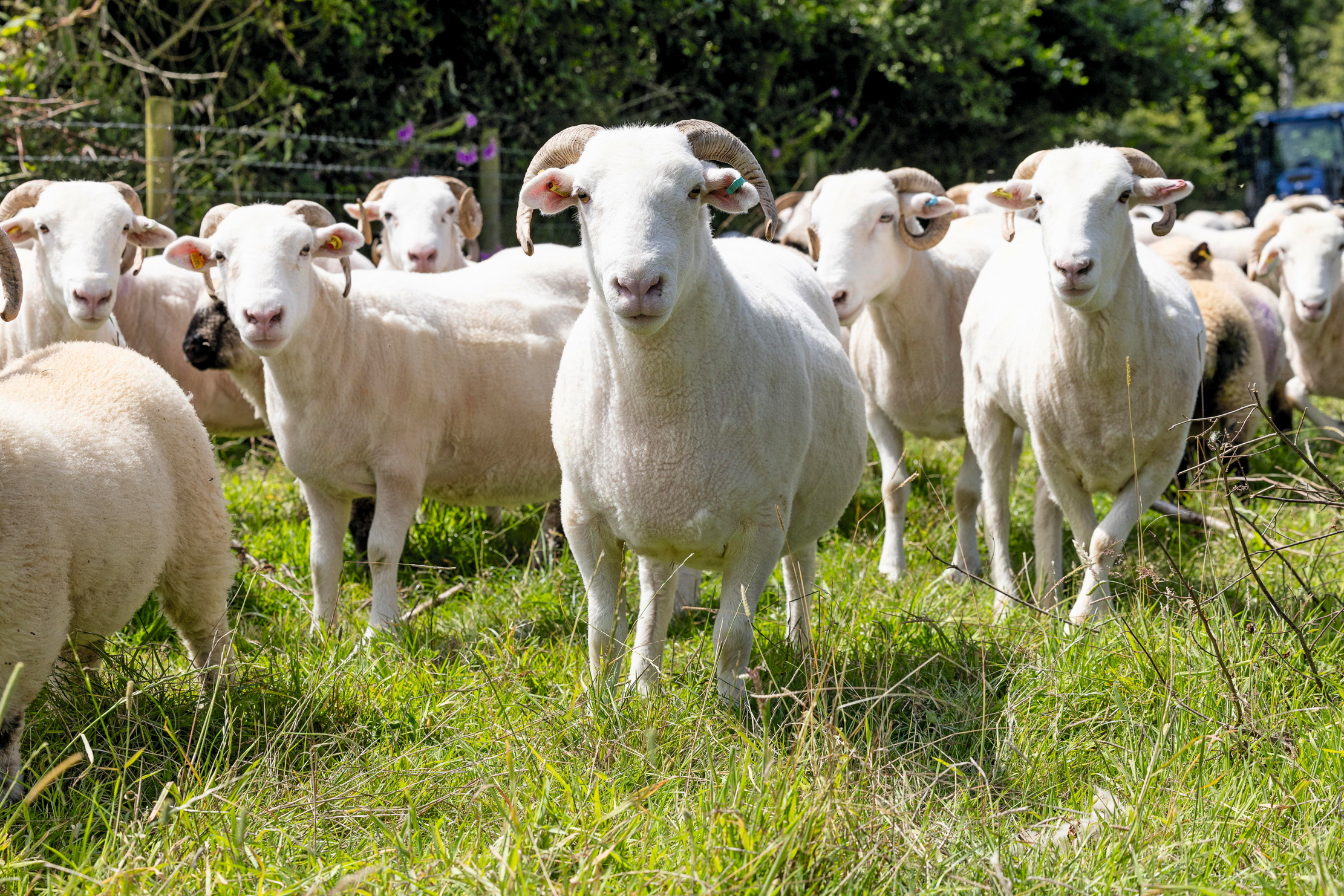
Saving the woodlanders
The Whitefaced Woodland sheep, one of Britain’s four rarest breeds, hails from the South Pennines, so Adam Short and Eleri Pugh’s flock of 25–30 breeding ewes is a long way from home at their West Country farm. ‘We could have gone for a local breed, such as the Devon closewool, but we took on a couple of Woodies when we lived in Leicestershire and realised that the lamb was so much richer and more flavoursome than that of some commercial types,’ Mr Short explains. ‘Again, their low input trumps everything and I thought we could help [preserve the breed] with a bit of geo-diversity.’
The sturdy, powerful, pink-nosed hill sheep with their snowy-white faces are also ecologically sound, as their antibiotic usage is almost nil and the worming necessity minimal, which means they are healthier for the soil. ‘Their lambing percentage is, without fail, at least 150%, they don’t need any assistance lambing and they seem to suit the mob-grazing model well,’ Mr Short adds. ‘There’s no money in fleeces at the moment, but we use them as mulch for tree planting.’
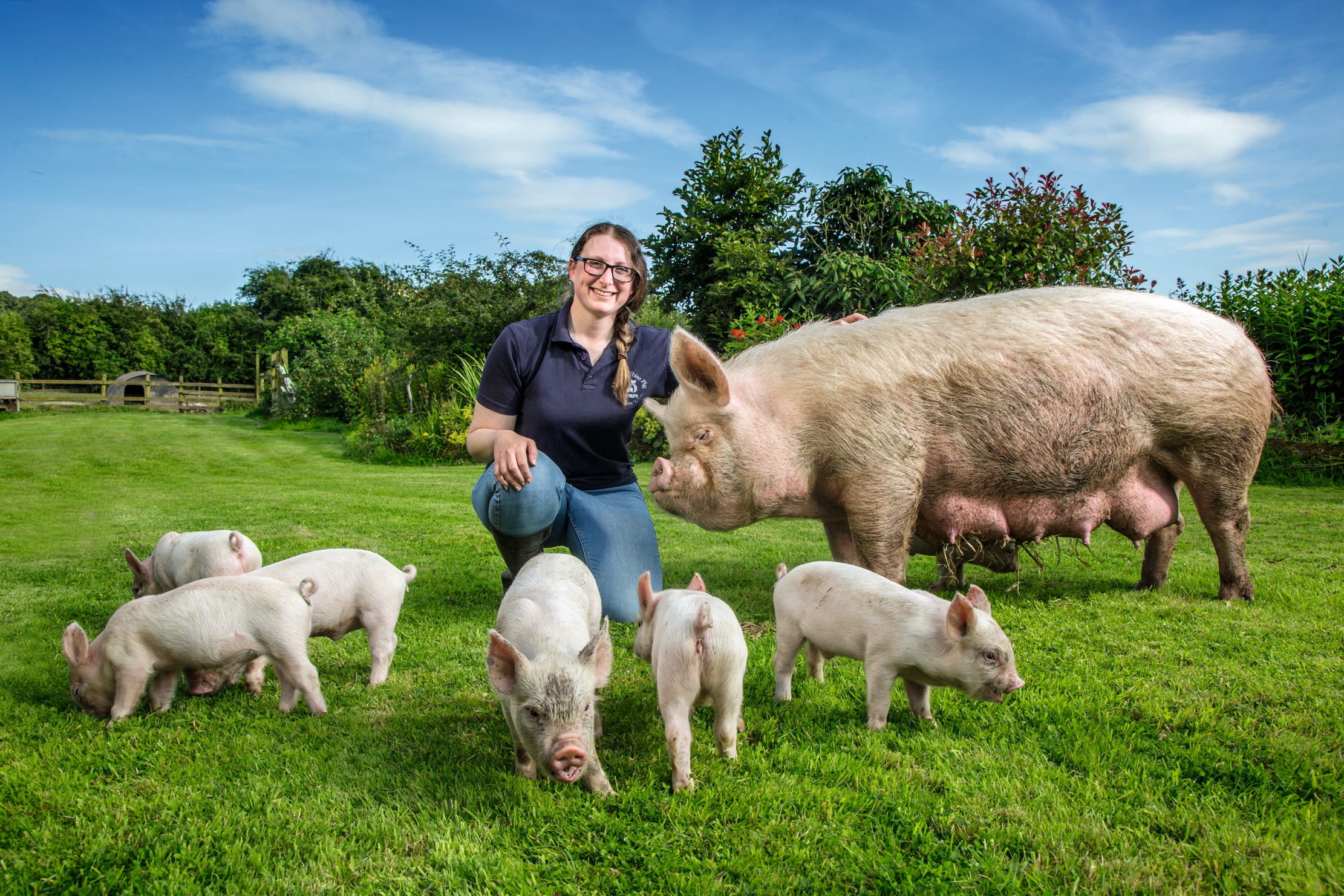
Piggies in the middle
In 1852, Joseph Tuley, a weaver who kept a few animals in his back yard, was exhibiting his pigs at the Keighley Agricultural Show in West Yorkshire, but he had a problem in that some of them were too small for the Large White class, yet too big for the Small White class. Fortuitously, the kindly judges felt these middle-sized, snub-nosed pigs (their snouts are a legacy from their Asian heritage) deserved a classification of their own, hence the Middle White.
The Small White has been extinct for more than a century, but the meat of the Middle White, which could be cut into smaller joints, was at first hugely popular, especially with restaurants — the breed was nicknamed ‘the London porker’. By the 1980s, however, there were fewer than 100 sows across only six herds. Numbers have stabilised at about 350 sows and 70 stock boars spread between some 80 breeders, according to the breed society, but this is far from ideal.
‘Their pork tastes truly amazing, but they are not going to compete with Large Whites and modern breeds because they are slower growing,’ explains Emily Paddock, who owns the Lewin herd near Leek, Staffordshire. An industrial chemist, smallholder and vice-chair of the breed society, she has about 50 Middle Whites. ‘They are such great little personalities — they’ve got much more character than my Welsh and Saddleback pigs,’ she says. ‘They’ve got small-man syndrome and real attitude. They’re amazing little pigs and we need to eat more of them.’
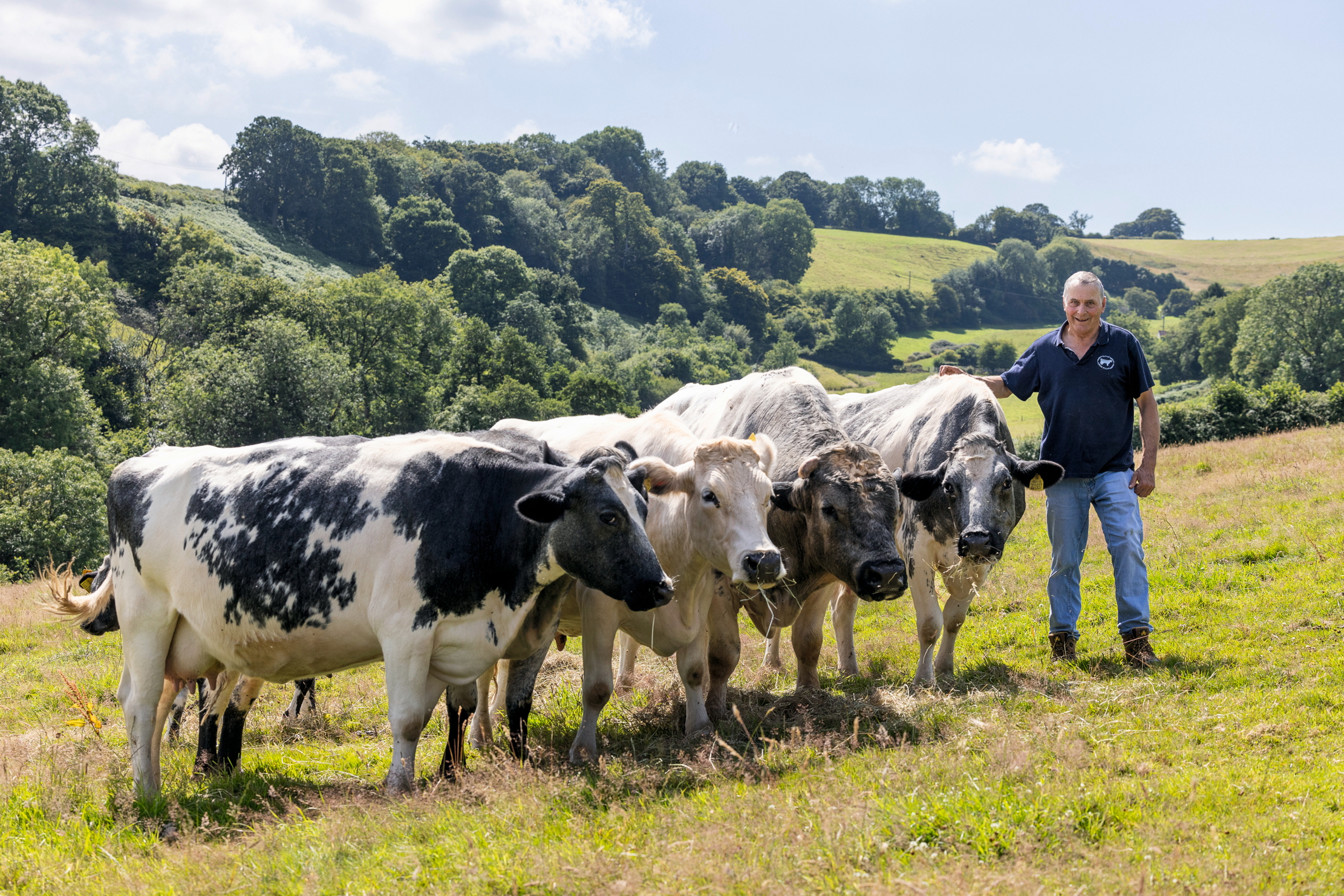
Singing the blues
Back in October 2018, a good-news story in the Western Morning News piqued John Thompson’s interest; the paper was announcing the comeback of the beauteous blue-roan Albion cow from the brink of extinction. The ravages of bovine TB on cattle had prompted Mr Thompson to switch to sheep, but he was encouraged to try cows again after the introduction of the badger cull around his home in west Somerset.
‘I had always been a cattle man and I didn’t want a bog-standard breed, I wanted something different,’ he explains. ‘Albions are fantastic — they’ve got lovely natures and are easy to keep.’ Mr Thompson’s Langtree herd — which represents 10% of the national herd — on the foothills of the Brendons, is the only Albion herd in Somerset; he has 13 females, six bullocks and two bulls, Major (above) and King Charles, born on coronation day.
The catalyst for the re-formation of the breed society, which folded in 1966 after Albions took a hammering from foot-and-mouth disease and competition from Friesians and Ayrshires, was the enthusiasm of the late Dinah Whittingham, who kept the Speckles herd in Kent. Before she died, her daughter, Susannah Mannerings, pledged to keep the name going. She approached the RBST about affiliation and used money from her mother’s legacy to create a database.
However, the dual-purpose cattle, which can also be solid white or black in colour (they originate from crossing a Welsh Black with a white Dairy Shorthorn) and were first known as Bakewell Blues after their Derbyshire stronghold, are not out of the woods. There are only about 250 breeding females and many people only keep a suckler herd, like Mr Thompson, who intended to milk his, but found the regulations too complex. He is concerned that the ‘milkiness’ of the breed will be lost in favour of ‘beefier’ types and suggests that it’s important to retain the Albion as dual purpose: ‘I think our marketing needs to be aimed at smallholders and niche markets — and the fact that they’re pretty.’
For more information about native breeds, visit the RBST.
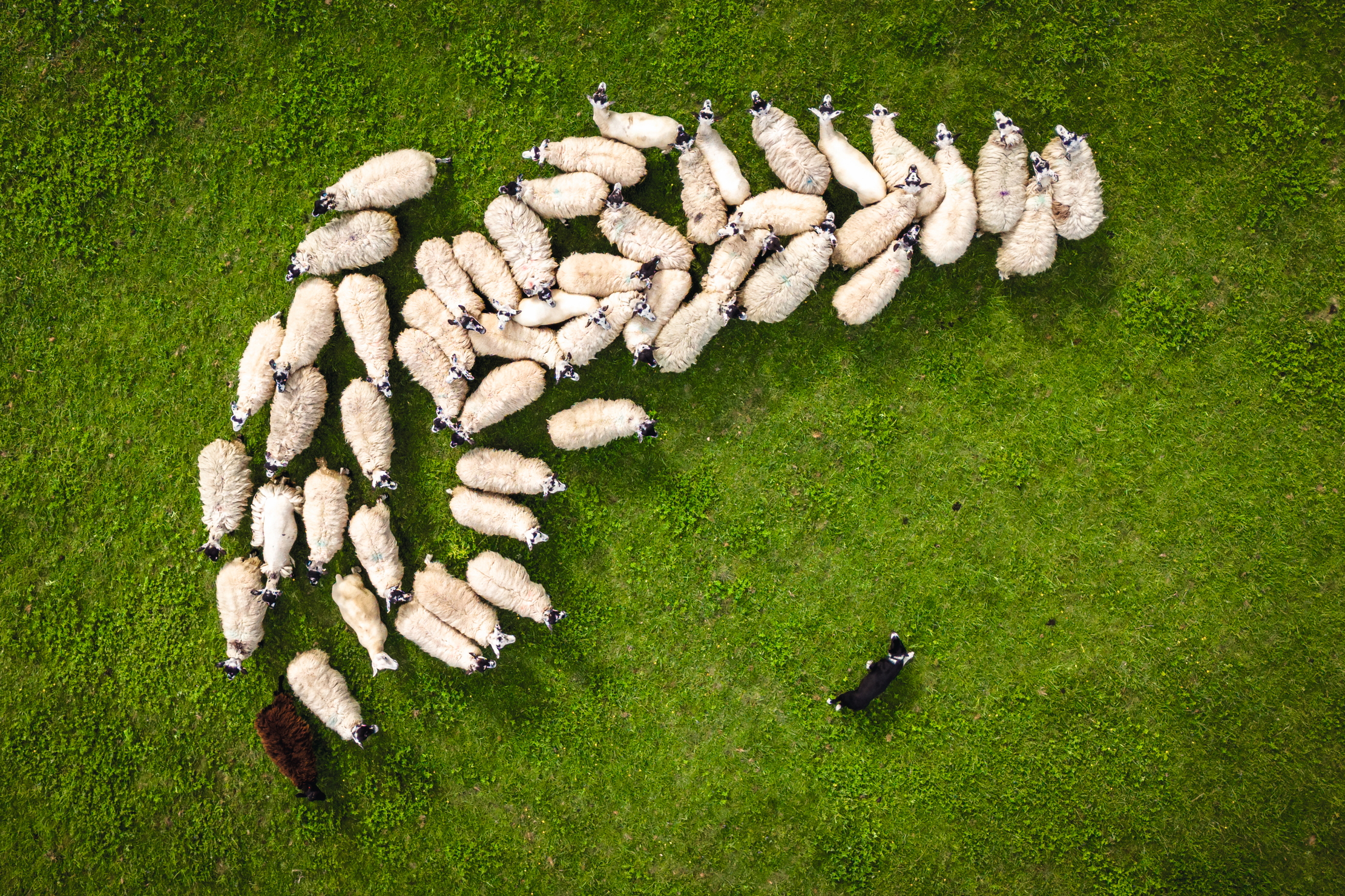
Whistle while you work: why the sheepdog still owns the fields and hills of Britain
Sheepdog trials are mesmerising to watch, with one man and his dog speaking a language all of their own, but

There are 200 chalkstreams in the world, almost all are in England, and they're the most biodiverse freshwater habitat on the planet
Chalkstreams were forged millions of years ago when Europe was largely underwater and developed into unique and complex habitats that
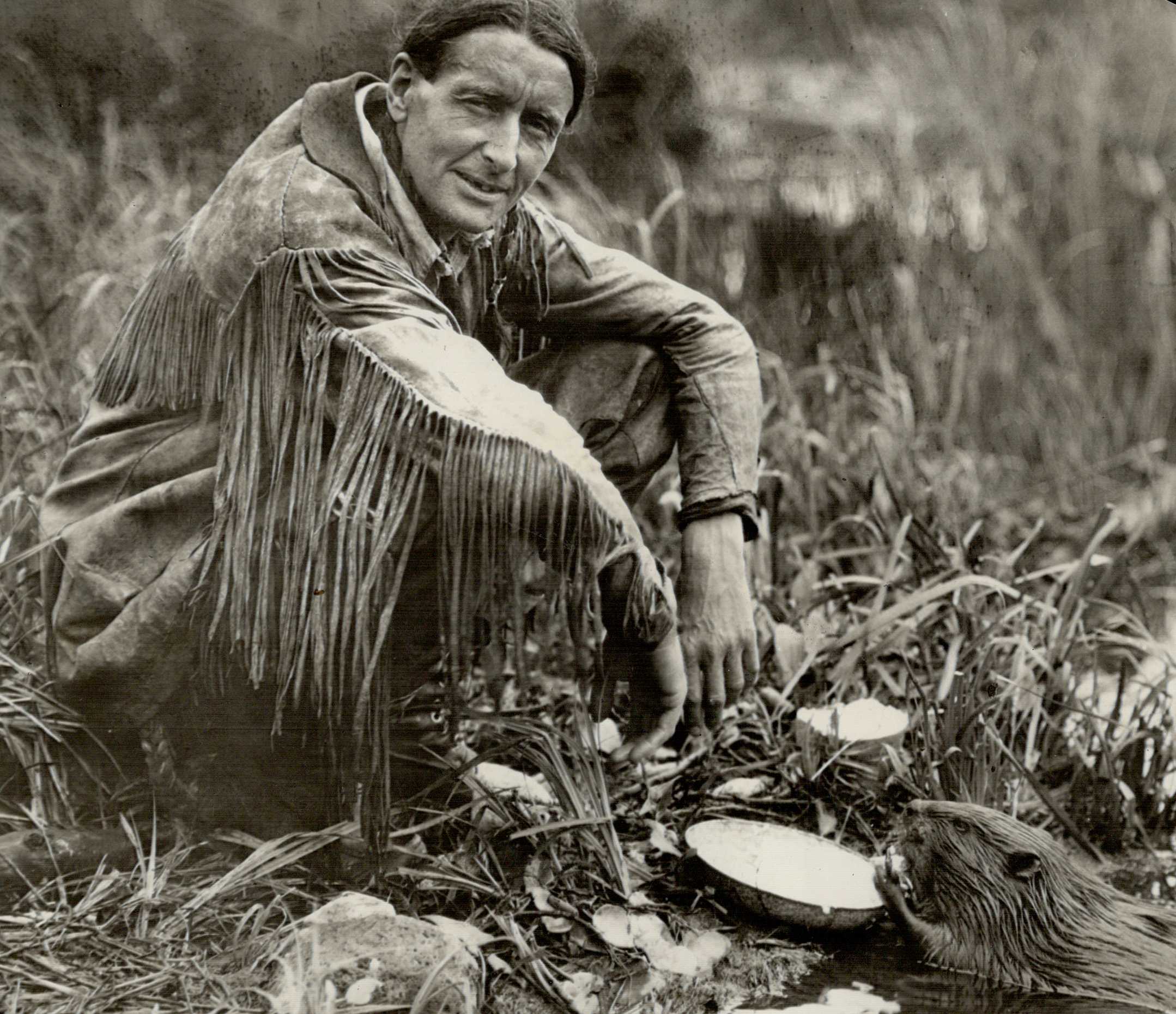
The 1930s eco-warrior who inspired David Attenborough and The Queen, only to be unmasked as a hoaxer and 'pretendian' — but his message still rings true
Martin Fone tells the astonishing story of Grey Owl, who became a household name in the 1930s with his pioneering
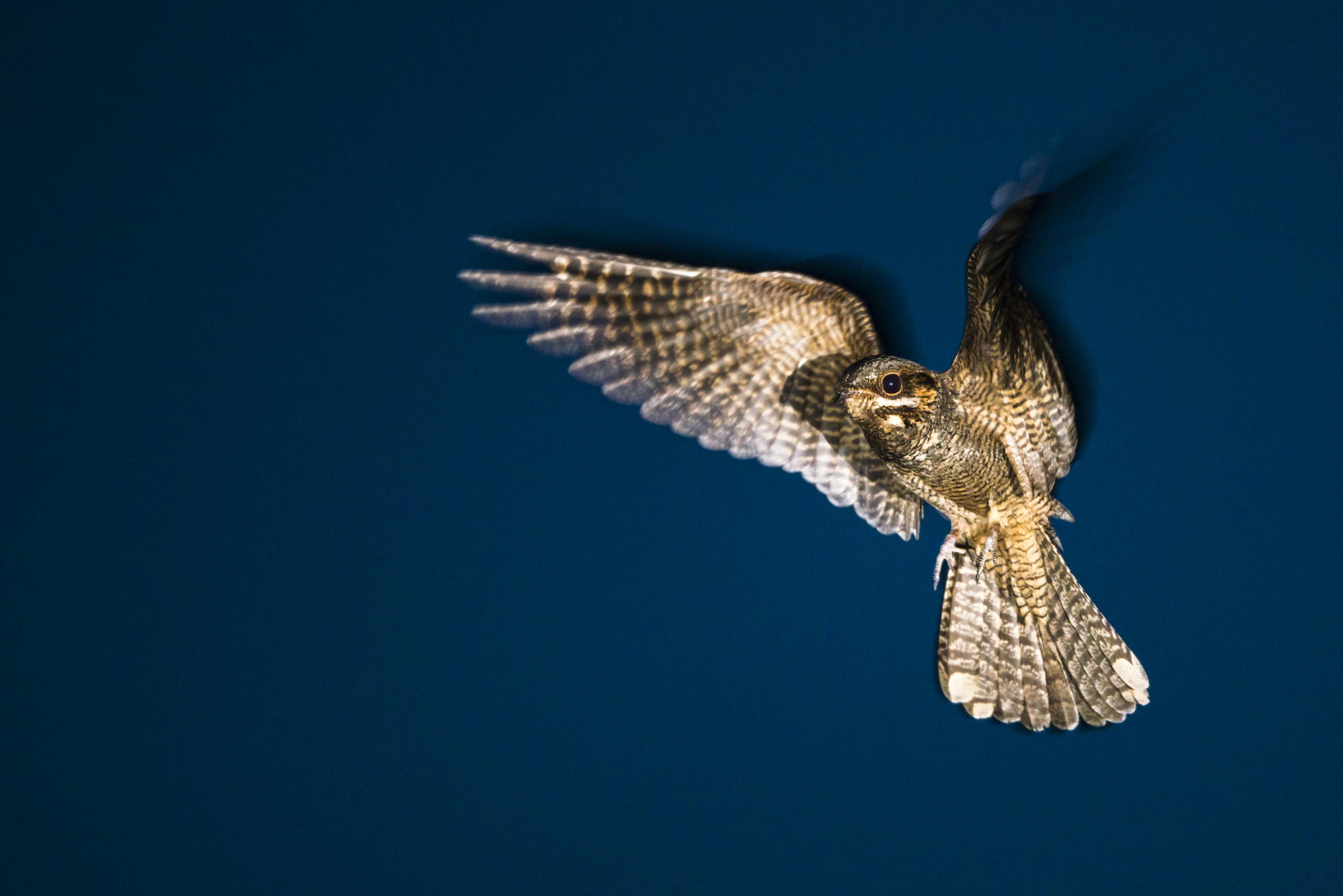
Nightjars: The ventriloquist magicians of the bird world which sing 1,900 notes a minute
An early-morning foray in Dorset sees John Lewis-Stempel revelling in the antics of the nightjar or ‘fern owl’, the enigmatic
Kate is the author of 10 books and has worked as an equestrian reporter at four Olympic Games. She has returned to the area of her birth, west Somerset, to be near her favourite place, Exmoor. She lives with her Jack Russell terrier Checkers.
